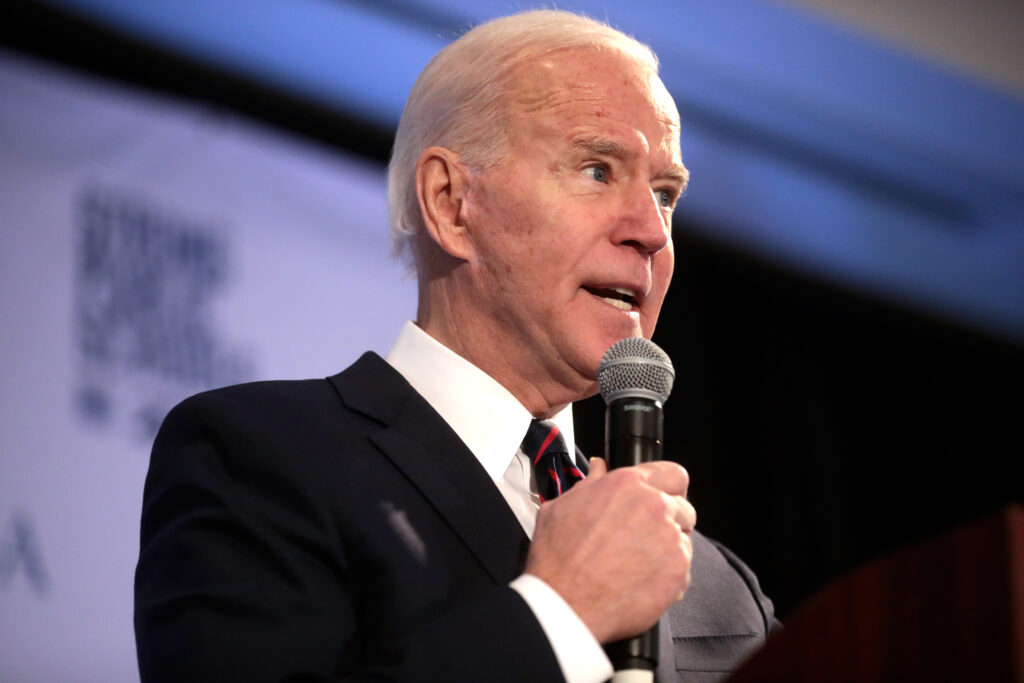States that embraced Race to the Top reforms but didn’t receive a piece of the $4.35 billion in federal grant money are weighing whether to keep the reforms.
About 40 states passed legislation raising charter school caps, establishing new teacher performance evaluation criteria, purchasing data management systems, and authorizing school turnaround plans, with the goal of winning a federal grant. But only 11 states and the District of Columbia received funding.
Colorado State Sen. Evie Hudak (D-Westminster) says even though her state’s approach to the Race to the Top competition was “poorly thought out,” it’s unlikely the state legislature would roll back the reforms she personally opposed.
In April, Hudak voted against a law that changed the state’s teacher tenure rules to require three years of positive evaluations before awarding tenure. Two years of poor evaluations could result in a loss of tenure.
“The battles we went through last year were too painful, and I don’t think anyone wants to reopen old wounds,” she said.
Tenure ‘A Badge of Honor’
Colorado’s tenure reform, championed by Sen. Mike Johnston (D-Denver), a former teacher and principal, is receiving favorable notice in other states. Johnston testified before the New Jersey State Senate education committee in December, arguing tenure should be a “badge of honor” for quality teachers.
Kentucky Education Commissioner Terry Holliday is also a fan of Colorado’s tenure reform law. Holliday wants to redirect more than $5 million currently designated for the state’s highly skilled educator program toward “recovery specialists” who will help turn around persistently failing schools. A desire to hold these Kentucky schools accountable and to reap $175 million in Race to the Top funding resulted in passage of House Bill 176 last year.
Kentucky’s application was hampered by the state’s lack of charter schools and the unions’ opposition to tenure reform. But Holliday says he is optimistic reforms focused on turning around the worst-performing schools can move forward in the state legislature this year.
“I did not ask for any additional dollars, but I did tell legislators, ‘I need your blessing with flexibility,'” Holliday said. “I told them that if I use existing dollars, ‘it’s going to mean some earmark projects in your district might not get funded.'”
Election Changes Dynamic
In Michigan, reform leaders predict the November midterm election results could break a logjam of reform obstacles that cost the state up to $400 million in Race to the Top funding. In addition to winning the governor’s office and the state house of representatives, Republicans increased their advantage in the Senate to supermajority status.
Republicans “are free to do whatever they want at this point,” said Harrison Blackmond, state director of Michigan Democrats for Education Reform and president and CEO of Progressives for Quality Public Schools, a group lobbying for reforms in addition to those passed for the Race to the Top application.
Lifting the restriction on the number of charter schools that universities can start, tying teachers’ evaluations to student achievement, and tenure laws are at the top of Blackmond’s list of most-needed reforms.
Loosening the cap of 150 on university-created charted schools could result in “an additional 40 to 50 schools,” he said. “For each high-performing school, they can add a new charter school.”
‘Tie Tenure to Performance’
Michigan also needs to provide teachers with the incentive to continue to develop and grow in their skills, which is unlikely to happen with the current policy of lifetime tenure, Blackmond said.
“Ideally,… we make it more difficult to get tenure and we tie that tenure to student performance,” he said.
Even leaders in states that failed to win funding say just putting a plan together to compete yielded good fruit.
“I’m 100 percent convinced this helped Kentucky because it helped us put our plan together,” Holliday said. “And I think competition is always good to encourage the best thinking out there. Now we’ve got a great plan and we’re just looking for ways to fund it.”
Union Stalemate
Holliday doubts Kentucky would compete in a third Race to the Top round, citing a stalemate with teachers unions regarding charter schools and teacher evaluation—areas where the state lost points on in its first two RTTT applications.
Holliday cited the particularly staunch opposition of the Jefferson County Teachers Association in Louisville—the state’s largest school district—as indicating the union’s “unwillingness to sign off on any type of evaluation that uses student performance.”
‘False Dichotomy’
Obama administration officials credit the Race to the Top process with forcing states to take a hard look at their education policies.
“As a result [of Race to the Top], 32 states changed their laws in ways I think will have a lasting impact in those states,” said Joanne Weiss, chief of staff to Education Secretary Arne Duncan and director of the Race to the Top fund.
Weiss called a question about whether a federal high-stakes competition was the best way to mandate change during fiscally tight times a “false dichotomy.”
“I think you can’t use other excuses like the economy to put off doing what’s right for kids,” she said.
House GOP leaders announced plans in December to reduce the third-round funding of Race to the Top Funding from Obama’s requested $1.35 billion to $555 million.
Jim Waters ([email protected]) is vice president of policy and communications at the Bluegrass Institute for Public Policy Solutions in Bowling Green, Kentucky.



